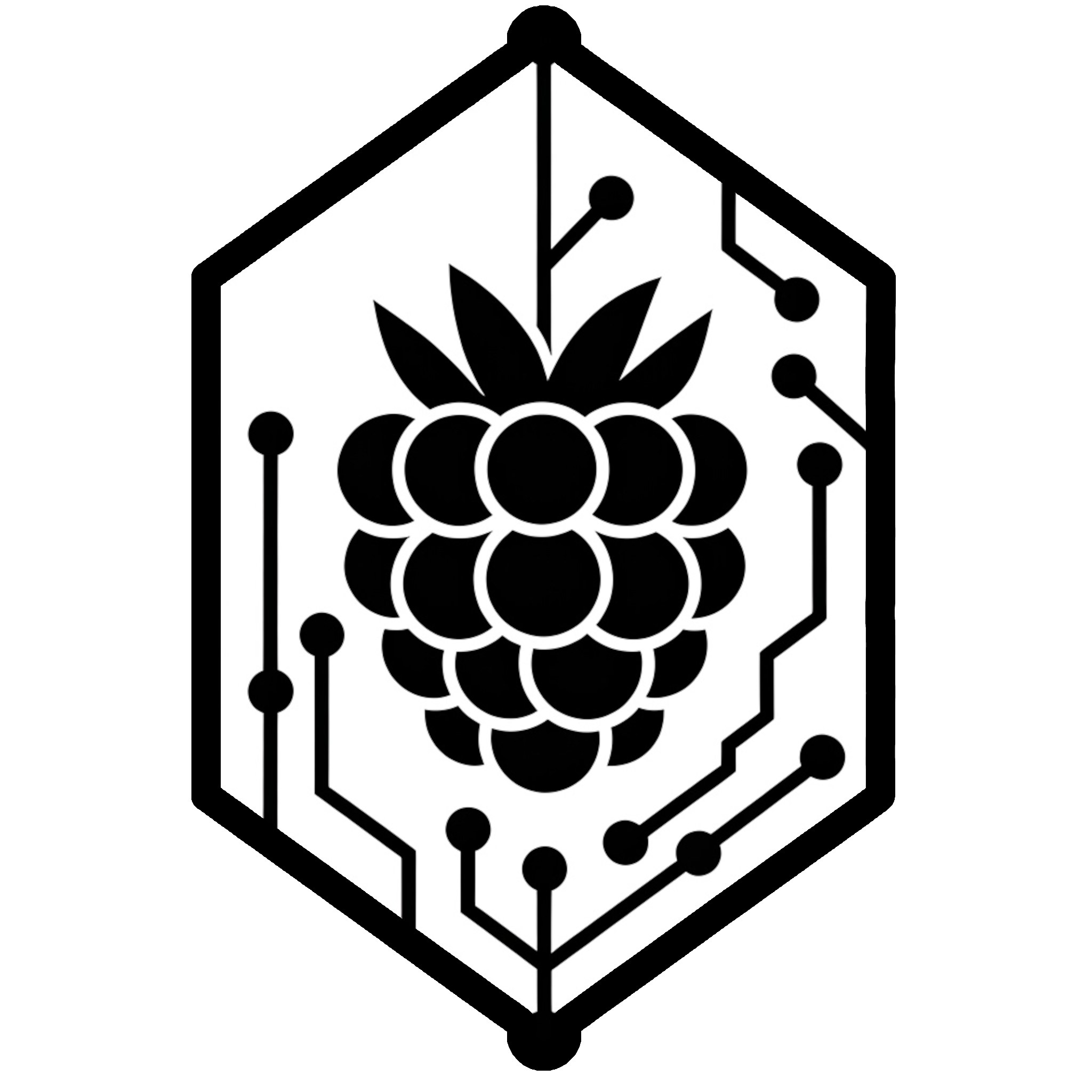A feminist server stack is a concept and practice that applies intersectional feminist principles to every layer of digital infrastructure-from hardware and software to governance, community, and care. It’s not just about who runs the server, but how and why it’s run, and for whom.
Core Principles and Features#
Intersectional and Inclusive Design
A feminist server stack is intentionally designed to center the needs, voices, and participation of women, queer, trans, and other marginalized people in tech. It challenges the default settings, hierarchies, and exclusions of mainstream digital infrastructure by embedding anti-racist, anti-capitalist, queer, and decolonial values throughout the stack-not just at the user interface, but all the way down to the code and hardware.Community Ownership & Autonomy
These servers are collectively owned, managed, and governed by their communities, not by corporations or distant administrators. They aim for autonomy over data, privacy, and digital resources, resisting surveillance and centralized control.Care, Consent, and Safe(r) Spaces
A feminist server is as much about relationships as it is about technology. It foregrounds care, mutual support, and consent-creating digital spaces that are safer from harassment, violence, and exploitation, and where learning and technical skill-sharing are accessible to all.Transparency and Process
Rather than hiding complexity or pretending to be “seamless,” feminist servers value openness about how things work, who is involved, and what the limits and vulnerabilities are. They encourage learning, documentation, and collective troubleshooting.Sustainability and Scale
Feminist servers often intentionally avoid the “bigger, faster, more” logic of mainstream tech. They may run on recycled hardware, use low-energy setups (like Raspberry Pi clusters), and prioritize local, sustainable, or small-scale operations over global reach.Experimentation and Resistance
These stacks are spaces for experimentation-testing new ways of organizing digital life that resist patriarchal, capitalist, and colonial norms. They might host alternative social media, archives & documentation, encrypted chat, or other tools for community empowerment and mutual aid.
Example Manifesto Points#
(from the Feminist Server Manifesto )
- Is a situated technology, aware of its context and ecology.
- Is run for and by a caring community.
- Opens up processes, tools, and habits to scrutiny and learning.
- Radically questions the conditions for serving and service.
- Is autonomous, deciding its own dependencies.
- Faces freedom and vulnerability together.
In Practice#
A feminist server stack might look like:
- A collectively managed server running open-source software, governed by conventionally marganialized people.
- Hardware sourced from e-waste or low-energy devices, physically located in the community it serves.
- Encrypted, privacy-respecting services (chat, file-sharing, websites) with clear community guidelines and transparent moderation.
- Documentation, onboarding, and technical skill-sharing prioritized for all members.
- A refusal to scale up for profit or surveillance, focusing instead on care, sustainability, and empowerment.
In short:
A feminist server stack is an act of technological resistance and imagination-a way to reclaim digital infrastructure as a site of empowerment, care, and collective liberation, rather than domination or exclusion.


